Home>Articles>How To Build A Freezer Stash While Exclusively Breastfeeding
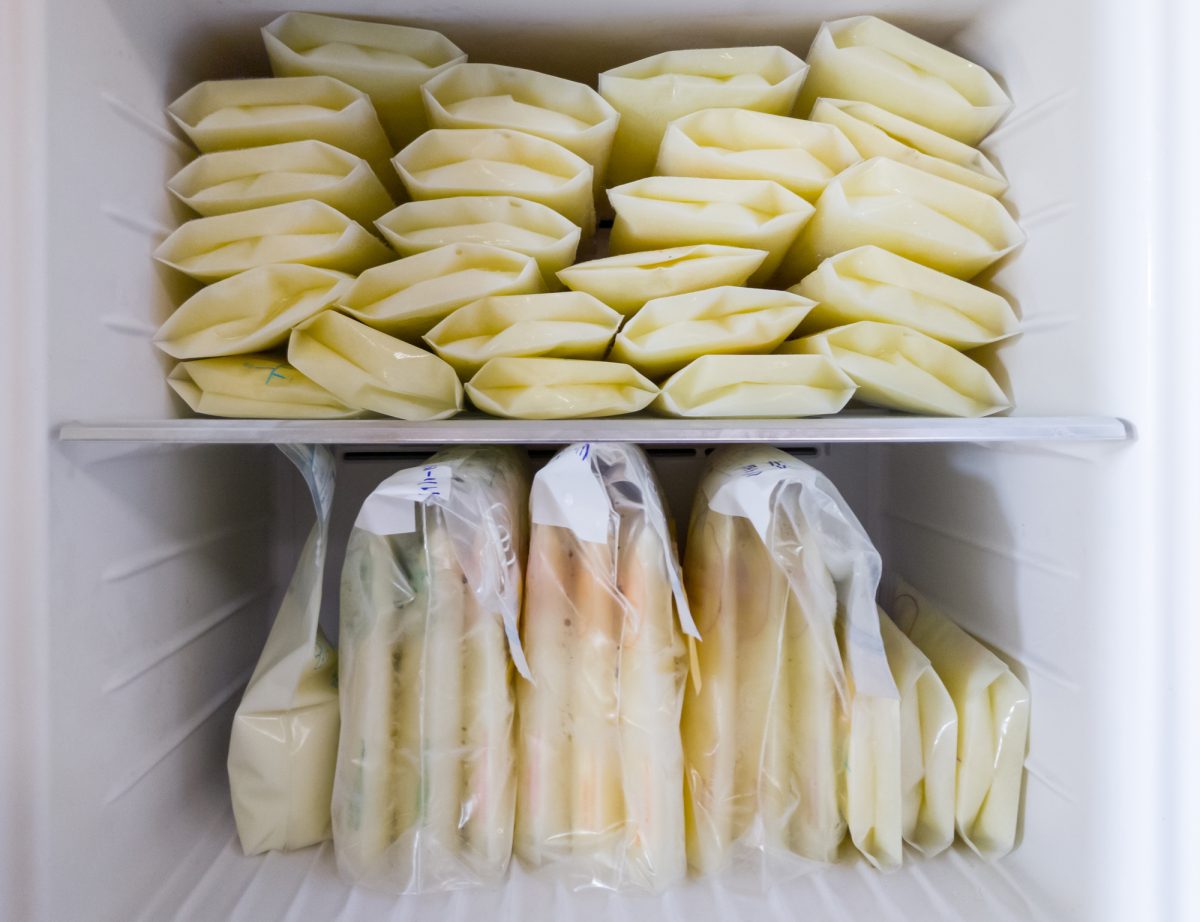

Articles
How To Build A Freezer Stash While Exclusively Breastfeeding
Modified: February 20, 2024
Learn how to build a freezer stash of breast milk while exclusively breastfeeding with our helpful articles. Get tips and advice on storing breast milk for future use.
(Many of the links in this article redirect to a specific reviewed product. Your purchase of these products through affiliate links helps to generate commission for Storables.com, at no extra cost. Learn more)
Introduction
Exclusively breastfeeding your baby is a wonderful way to provide them with the essential nutrients and bonding experience that only breastmilk can offer. However, there may be times when you need to be away from your baby for a few hours or even longer. This is where having a freezer stash of breastmilk can be a lifesaver. Building a freezer stash allows you to have a supply of breastmilk readily available for those times when you are unable to nurse your baby directly.
Now you may be wondering, what exactly is a freezer stash? It is a collection of pumped breastmilk that you store in your freezer for later use. Whether you are returning to work, going on a short trip, or just want to have some extra milk on hand, having a freezer stash can provide flexibility and peace of mind.
Key Takeaways:
- Building a freezer stash of breastmilk while exclusively breastfeeding provides convenience, peace of mind, and flexibility for mothers, supporting continued breastfeeding and empowering caregivers to bond with the baby.
- Successfully balancing exclusive breastfeeding and building a freezer stash requires patience, self-care, and a consistent routine, allowing mothers to celebrate their achievements and provide the best nutrition for their baby.
Read more: What To Live In While Building A House
What is a Freezer Stash?
A freezer stash is a collection of breastmilk that you pump and store in your freezer for future use. It serves as a backup supply of breastmilk, allowing you to have a readily available source of nourishment for your baby when you are unable to breastfeed directly. It’s like having a personal stockpile of liquid gold!
Building a freezer stash involves pumping breastmilk using a breast pump and storing the expressed milk in breastmilk storage bags or containers. These bags or containers are then placed in the freezer where the milk can be safely stored for several months.
A freezer stash can be useful in a variety of situations. It allows you to have a reserve of breastmilk when you need to be away from your baby, such as when returning to work, going on a trip, or attending an event. It can also come in handy for emergencies, illness, or times when your milk supply may temporarily decrease.
Having a freezer stash provides peace of mind, knowing that your baby will have access to your milk even when you are not physically present. It can also help alleviate any stress or anxiety you may feel about returning to work or being separated from your little one.
It’s important to note that building a freezer stash does not mean you have to stop breastfeeding. You can continue to breastfeed your baby while also pumping and building up your stash. In fact, breastfeeding and pumping in combination can help maintain and increase your milk supply.
Now that we understand what a freezer stash is, let’s explore the benefits it can offer.
Benefits of Building a Freezer Stash
Building a freezer stash of breastmilk can provide numerous benefits for both you and your baby. Let’s take a closer look at some of these advantages:
- Convenience: Having a freezer stash allows you to be more flexible with your schedule. You can have a stash of breastmilk readily available for occasions when you cannot breastfeed directly, such as when you need to be away from your baby or have a busy day ahead.
- Peace of mind: Knowing that you have a backup supply of breastmilk in your freezer can provide peace of mind. It can alleviate any worries you may have about your baby’s nutrition while you are away or unable to breastfeed.
- Promotes continued breastfeeding: Building a freezer stash does not mean you have to stop breastfeeding. In fact, it can help support and maintain breastfeeding by providing a reserve of breastmilk when needed. It allows you to continue offering breastmilk even when you are not available to breastfeed directly.
- Helps manage unexpected situations: Having a freezer stash can be a lifesaver in unexpected situations. Whether it’s a sudden illness, a temporary drop in milk supply, or an emergency, you will have a backup supply of breastmilk to rely on for your baby’s nourishment.
- Supports breastfeeding goals: If you have long-term goals for breastfeeding, having a freezer stash can help you stay on track. It provides a convenient way to store extra milk and ensure that your baby continues to receive the nutritional benefits of breastmilk even in your absence.
- Bonding time for caregivers: Building a freezer stash allows other caregivers, such as your partner or family members, to participate in feeding your baby with breastmilk. It gives them an opportunity to bond with your little one and share in the nurturing experience.
In addition to these benefits, having a freezer stash can provide a sense of empowerment and independence. It enables you to take control of your breastfeeding journey and adapt to different situations without compromising your baby’s nutrition.
Now, let’s explore how you can prepare to build a freezer stash.
Preparing to Build a Freezer Stash
Before you begin building your freezer stash, it’s important to take a few steps to ensure that you are fully prepared. Here’s what you need to do:
- Educate yourself: Familiarize yourself with the basics of breastfeeding, pumping, and storing breastmilk. This will help you feel more confident and knowledgeable as you start building your freezer stash.
- Invest in a good-quality breast pump: A reliable breast pump is essential for pumping breastmilk efficiently. Consider investing in a double electric pump, which can save you time by allowing you to pump both breasts simultaneously.
- Gather necessary pumping supplies: Stock up on breastmilk storage bags or containers, extra pump parts, nipple creams, and nursing pads. Having these supplies readily available will make the pumping process more convenient.
- Establish a breastfeeding routine: Before you start pumping, it’s crucial to establish a solid breastfeeding routine. This means nursing your baby frequently and ensuring they are comfortable and latching properly. A consistent and well-established breastfeeding routine will help maintain your milk supply as you introduce pumping.
- Build up your milk supply: Before you focus on building a freezer stash, make sure you have a good milk supply established. Breastfeed your baby on demand and consider incorporating power pumping sessions into your routine to boost your milk production.
- Create a pumping schedule: Plan a pumping schedule that works for you and allows you to pump at regular intervals without interfering with your breastfeeding routine. Consistency is key when it comes to building a freezer stash.
By taking these preparatory steps, you will be well-equipped to start building your freezer stash. Remember, every breastfeeding journey is unique, so don’t compare yourself to others. Trust your instincts, listen to your body, and focus on what works best for you and your baby.
Now that you’re prepared, let’s dive into the next steps: establishing a milk supply and pumping and storing breastmilk.
Establishing a Milk Supply
Establishing a plentiful milk supply is crucial for building a successful freezer stash. Here are some tips to help you establish and maintain a robust milk supply:
- Nurse frequently: Breastfeed your baby on demand, aiming for at least 8-12 nursing sessions in a 24-hour period. The more you nurse, the more signals your body receives to produce milk.
- Ensure a proper latch: A proper latch is essential for effective milk transfer and stimulation of milk production. Seek assistance from a lactation consultant or breastfeeding support group if you’re having trouble achieving a good latch.
- Offer both breasts: Offer both breasts during each feeding session to fully empty the milk from one breast before switching to the other. This helps stimulate milk production and ensures your baby gets the nutrient-rich hindmilk.
- Avoid unnecessary supplementation: Try to avoid supplementing with formula unless medically necessary. Supplementing can interfere with the demand and supply cycle and may lead to a decrease in your milk production.
- Practice skin-to-skin contact: Engaging in skin-to-skin contact with your baby can help stimulate milk production and release hormones that support breastfeeding. Spend time holding your baby skin-to-skin as often as possible.
- Stay hydrated and eat a balanced diet: Maintain adequate hydration by drinking plenty of water, and consume a nourishing diet that includes fruits, vegetables, whole grains, and protein. Avoid excessive caffeine and stay away from foods that may negatively impact your milk supply.
- Avoid pacifiers and bottles: In the early weeks of breastfeeding, it’s best to avoid introducing pacifiers or bottles. This ensures that your baby’s sucking needs are met through breastfeeding, promoting milk production.
- Use breast compressions: During breastfeeding sessions, gently compress your breast to encourage milk flow and facilitate better milk transfer. This can help increase your milk supply over time.
Remember, establishing a milk supply takes time and patience. Every breastfeeding journey is unique, and it’s normal to have some ups and downs. Stay motivated, seek support from a lactation consultant or breastfeeding support group, and trust in your body’s ability to produce the nourishment your baby needs.
Now that you have a good foundation for your milk supply, let’s move on to the next step: pumping and storing breastmilk.
Read more: How To Build A Freezer Kegerator
Pumping and Storing Breastmilk
Pumping breastmilk is an essential step in building a freezer stash. Here are some guidelines to help you effectively pump and safely store your breastmilk:
- Choose the right pump: Invest in a good-quality breast pump that suits your needs. A double electric pump is often recommended for efficient and effective pumping.
- Pump after nursing sessions: To maximize your milk supply, pump about 15-30 minutes after breastfeeding sessions, when your breasts may still have some milk left. This helps stimulate your breasts to produce more milk.
- Pump regularly: Aim to pump at least once or twice a day to start building your freezer stash, even if you only get small amounts of milk at first. Consistency is key to maintain your milk supply and gradually increase pumping volume.
- Store breastmilk immediately: After pumping, transfer the expressed milk into clean, BPA-free breastmilk storage bags or containers. Label them with the date and time of pumping to ensure proper rotation.
- Cool breastmilk before freezing: Place the freshly pumped milk in the refrigerator for about 30 minutes to an hour, allowing it to cool before transferring it to the freezer. This helps prevent temperature fluctuations that can affect the quality of the milk.
- Store breastmilk in small quantities: Divide your pumped milk into smaller portions to avoid wasting any if your baby does not finish a large bottle. This also allows for easier thawing and reduces the risk of contamination.
- Follow proper storage guidelines: Breastmilk can be stored in the refrigerator for up to 4 days, and in a standard freezer for up to 6 months. For deep freezers or chest freezers, breastmilk can be safely stored for up to 12 months.
- Thaw breastmilk safely: When you need to use frozen breastmilk, thaw it slowly in the refrigerator overnight or use a warm water bath. Avoid microwaving or boiling breastmilk as it can destroy valuable nutrients and create hot spots that can burn your baby’s mouth.
- Discard unused breastmilk: If your baby does not finish a bottle of thawed breastmilk, discard the remaining milk within 1-2 hours after feeding to minimize the risk of bacterial growth.
Remember to practice good hygiene throughout the pumping process by washing your hands before handling breastmilk and using clean pump parts. This helps maintain the integrity of the milk and ensures it remains safe for your baby to consume.
With these guidelines in mind, you can efficiently pump and store breastmilk to build a freezer stash that will provide a valuable resource of nourishment for your baby.
Now that you have an understanding of how to pump and store breastmilk, let’s move on to organizing and maintaining your freezer stash.
Pump or hand express milk after your baby’s first morning feed when milk supply is typically highest. Store in small amounts to avoid waste.
Freezer Stash Storage Guidelines
Proper storage of your freezer stash is crucial to maintain the quality and safety of the breastmilk. Follow these guidelines to ensure optimal storage conditions for your stored breastmilk:
- Label and date: Always label each breastmilk storage bag or container with the date and time of pumping. This will help you practice proper rotation and ensure that the oldest milk gets used first.
- Use BPA-free storage containers: Choose high-quality breastmilk storage bags or BPA-free containers specifically designed for storing breastmilk. They should be leak-proof and have airtight seals to prevent contamination.
- Store breastmilk in small quantities: Pour breastmilk into storage containers in quantities that are suitable for one feeding. This way, you can thaw and use only what your baby needs, minimizing waste.
- Remove excess air: Squeeze out any excess air from the storage bags before sealing them. This helps reduce the risk of oxidation and preserves the quality of the breastmilk.
- Place bags or containers flat in the freezer: Lay the breastmilk storage bags flat in the freezer to save space and allow for efficient freezing and thawing. If using breastmilk storage containers, ensure they are upright to prevent leakage.
- Keep breastmilk in the coldest part of the freezer: Store breastmilk in the back of the freezer, away from the door, where the temperature is more stable. This will help maintain the freshness and quality of the milk.
- Organize by date: Arrange your freezer stash in chronological order, with the oldest breastmilk at the front and the newest at the back. This practice ensures that you use the oldest milk first, following the first-in, first-out principle.
- Regularly check for expired milk: Periodically check your freezer stash for expired or unused breastmilk. Discard any milk that has exceeded the recommended storage guidelines or has gone past its use-by date.
- Don’t refreeze thawed breastmilk: Once you thaw breastmilk, it should be used within 24 hours and should not be refrozen. Plan the amount you thaw based on your baby’s needs to minimize waste.
By following these storage guidelines, you can maintain the quality and safety of your breastmilk throughout its time in the freezer. This ensures that your baby receives the best possible nutrition even when you are not available to breastfeed directly.
Now that you have a well-organized freezer stash, let’s explore some tips for keeping it properly maintained and organized.
Freezer Stash Organization Tips
Keeping your freezer stash organized is essential for easy access and efficient use of your stored breastmilk. Here are some helpful organization tips to consider:
- Use an organization system: Consider using storage bins, dividers, or baskets to keep your breastmilk storage bags or containers neatly arranged. You can separate them by date or use labels to differentiate between different batches of milk.
- Create a rotation system: Place the newest breastmilk behind the older milk to ensure you always use the oldest milk first. This prevents any milk from expiring or going to waste due to neglect.
- Use clear labeling: Clearly label each breastmilk storage bag or container with the date and any additional relevant information, such as the volume of milk or pumping session details. This helps you easily identify and track the freshness of the milk.
- Separate milk by quantity: If you have varying amounts of breastmilk in each storage bag, organize them according to quantity. This way, you can grab the right amount of milk depending on your baby’s feeding needs without wasting time or defrosting more milk than necessary.
- Create a feeding schedule: Develop a feeding schedule or plan for your baby. This will help you know in advance how much milk you need to defrost and use each day, allowing for smoother and more organized milk consumption.
- Consider storage by expiration date: If you prefer, organize your freezer stash by expiration date rather than pumping date. This method ensures that you always use the milk before it expires, reducing the chances of the milk going bad.
- Frequently rearrange the stash: Regularly go through your freezer stash and rearrange the bags or containers. This prevents any milk from getting lost or hidden in the depths of the freezer, ensuring that all the milk is utilized effectively.
- Keep an inventory: Consider maintaining a written or digital inventory of your freezer stash. This can include the date, amount, and any additional details about each bag or container. It helps you easily track how much milk you have and avoid any surprises when supplies run low.
- Share organization methods with caregivers: If others will be accessing your freezer stash, communicate your organization system or provide a guide to help them locate and use the milk properly. This ensures that everyone understands how the stash is organized and reduces the chances of any mix-ups or confusion.
By implementing these organization tips, you can maintain a well-structured and easily accessible freezer stash. This allows for efficient use of your breastmilk and ensures that your baby receives the nourishment they need, even when you are not available to breastfeed directly.
Now that you have some handy organization tips, let’s explore how to maintain a freezer stash while exclusively breastfeeding.
Maintaining a Freezer Stash
Once you have successfully built a freezer stash of breastmilk, it’s important to maintain it properly to ensure the quality and safety of the milk. Here are some tips to help you effectively maintain your freezer stash:
- Regularly assess milk supply and demand: Monitor your baby’s feeding patterns and adjust your pumping routine accordingly. If you notice any changes in your milk supply or your baby’s appetite, make adjustments to your pumping sessions to ensure a steady milk production.
- Practice first-in, first-out: Follow the principle of using the oldest milk first. When you need breastmilk, reach for the bags or containers that have the earliest pumping date to ensure that the milk does not go past its recommended storage period.
- Frequently check for expired milk: Regularly go through your freezer stash to identify any expired or near-expired milk. Discard any breastmilk that has gone beyond the recommended storage timeframe to maintain the freshness and quality of the remaining stash.
- Monitor freezer temperature: Ensure that your freezer maintains a consistent temperature of 0°F (-18°C) or lower. Fluctuating temperatures can affect the quality and nutritional value of the breastmilk.
- Keep the freezer well-organized: Arrange your freezer stash in an organized manner to easily locate and access the breastmilk you need. Regularly reorganize and rotate the stash to maintain visibility and prevent any bags or containers from being forgotten.
- Avoid overstocking the freezer: While it’s exciting to have a well-stocked freezer stash, try not to overstock it beyond what you realistically need. This prevents wastage and ensures that the milk gets used before it expires.
- Continuously replenish the stash: As you use breastmilk from your freezer stash, make sure to replenish it by adding freshly pumped milk to maintain an adequate supply. This helps ensure you always have a ready-to-use reserve of breastmilk.
- Seek support if needed: If you encounter any challenges in maintaining your freezer stash or have concerns about your milk supply, reach out to a lactation consultant or breastfeeding support group for guidance and assistance.
- Communicate storage guidelines with caregivers: If others will be caring for your baby, make sure to communicate the proper storage guidelines for the breastmilk. Provide clear instructions on thawing, handling, and using the milk to prevent any mishaps or improper storage practices.
By following these guidelines, you can effectively maintain your freezer stash, ensuring that you always have a reliable supply of breastmilk for your baby’s needs.
Now that you know how to maintain your freezer stash, let’s explore some tips for exclusively breastfeeding while building a freezer stash.
Read more: How To Store Luggage While Traveling
Tips for Exclusively Breastfeeding while Building a Freezer Stash
Exclusively breastfeeding while building a freezer stash requires a balance between nursing your baby directly and pumping to collect milk for storage. Here are some useful tips to help you successfully navigate this process:
- Establish a breastfeeding routine: Set a consistent breastfeeding routine with your baby. This helps maintain your milk supply and ensures that your baby receives enough milk directly from the breast.
- Introduce pumping gradually: Start pumping after breastfeeding sessions once or twice a day. This helps your body adjust to the additional demand for milk and gradually increases your milk production.
- Pump during your baby’s longest sleep: If your baby has a longer stretch of sleep at night, consider pumping during this time to collect extra milk without affecting your breastfeeding routine during the day.
- Pump during or after breastfeeding sessions: Take advantage of your body’s natural let-down reflex by pumping on one breast while your baby nurses on the other. This can be a time-efficient way to build a freezer stash while satisfying your baby’s immediate needs.
- Use breast massage and hand expression: Incorporate breast massage and hand expression techniques during pumping sessions. This can help stimulate milk flow and increase the amount of milk you can collect.
- Create a pumping schedule: Establish a pumping schedule that works for you and your baby. Consistency is key to maintaining your milk supply and building a freezer stash, so try to pump at the same time each day.
- Take care of yourself: Remember to prioritize self-care. Get enough rest, eat a nutritious diet, and stay hydrated. Taking care of yourself helps ensure that you have the energy and resources to meet the demands of both breastfeeding and pumping.
- Seek support: If you’re feeling overwhelmed or have concerns, reach out to a lactation consultant or join a breastfeeding support group. They can provide guidance, reassurance, and advice to help you navigate the challenges of exclusive breastfeeding while building a freezer stash.
- Don’t stress about milk quantity: Your body is capable of producing enough milk for both direct breastfeeding and building a freezer stash. Trust in your body’s ability to meet your baby’s needs and remember that the amount of milk you pump may vary throughout the day.
- Celebrate your achievements: Building a freezer stash while exclusively breastfeeding is an admirable accomplishment. Celebrate your milestones and the effort you put into providing the best nutrition for your baby.
Remember, every breastfeeding journey is unique, and it’s important to find a rhythm that works well for you and your baby. With patience, perseverance, and support, you can successfully balance exclusive breastfeeding while building a valuable freezer stash of breastmilk.
Now, armed with these tips, you are well-prepared to embark on the journey of exclusive breastfeeding while building a freezer stash.
Conclusion
Building a freezer stash while exclusively breastfeeding is a valuable endeavor that provides flexibility, convenience, and peace of mind for both you and your baby. By following the tips and guidelines outlined in this article, you can successfully build and maintain a freezer stash of breastmilk that will support your breastfeeding journey.
Remember, building a freezer stash does not mean you have to stop breastfeeding. On the contrary, it allows you to continue providing the remarkable benefits of breastmilk while also having the flexibility to be away from your baby when needed.
Establishing a milk supply, mastering pumping techniques, and practicing proper storage and organization will set you up for success. Regularly assessing your milk supply, maintaining the freezer stash inventory, and communicating storage guidelines to caregivers are important steps to ensure the freshness and safety of the breastmilk.
Throughout this journey, it’s important to trust your body’s ability to produce the milk your baby needs and seek support when necessary. Breastfeeding is a beautiful and natural process, but it can also come with challenges. Remember to take care of yourself, both physically and emotionally, as you navigate exclusive breastfeeding and building a freezer stash.
Celebrate your achievements along the way, as every ounce of breastmilk you pump and store is a testament to your dedication and commitment to your baby’s well-being. Cherish the breastfeeding experience, knowing that you are providing your baby with the best possible nutrition and fostering a special bond.
As you embark on the journey of exclusive breastfeeding while building a freezer stash, stay resilient, stay informed, and trust in the amazing strength of your body. With your nurturing love and the nourishment of breastmilk, you are providing your baby with a solid foundation for health and happiness.
Frequently Asked Questions about How To Build A Freezer Stash While Exclusively Breastfeeding
Was this page helpful?
At Storables.com, we guarantee accurate and reliable information. Our content, validated by Expert Board Contributors, is crafted following stringent Editorial Policies. We're committed to providing you with well-researched, expert-backed insights for all your informational needs.
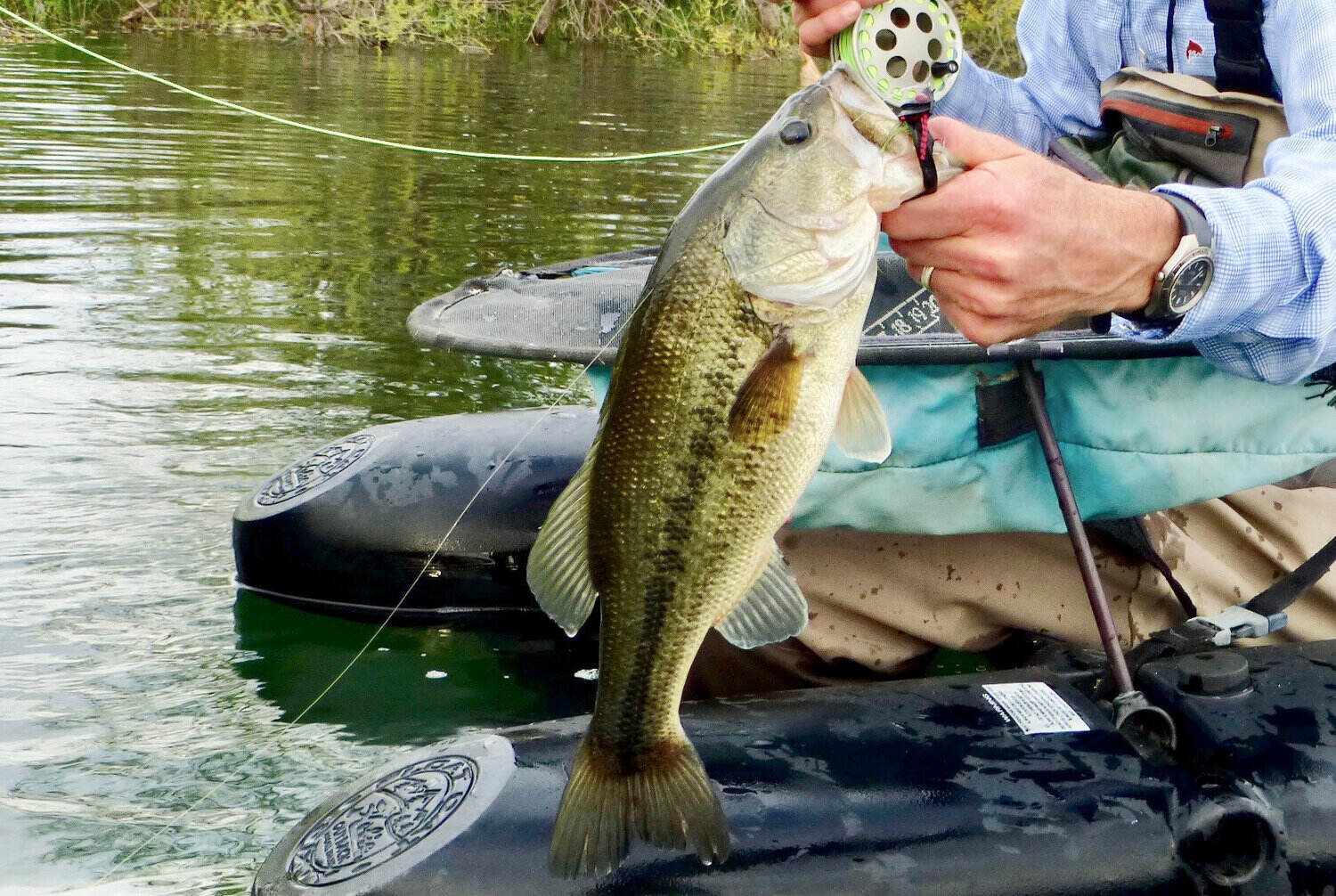



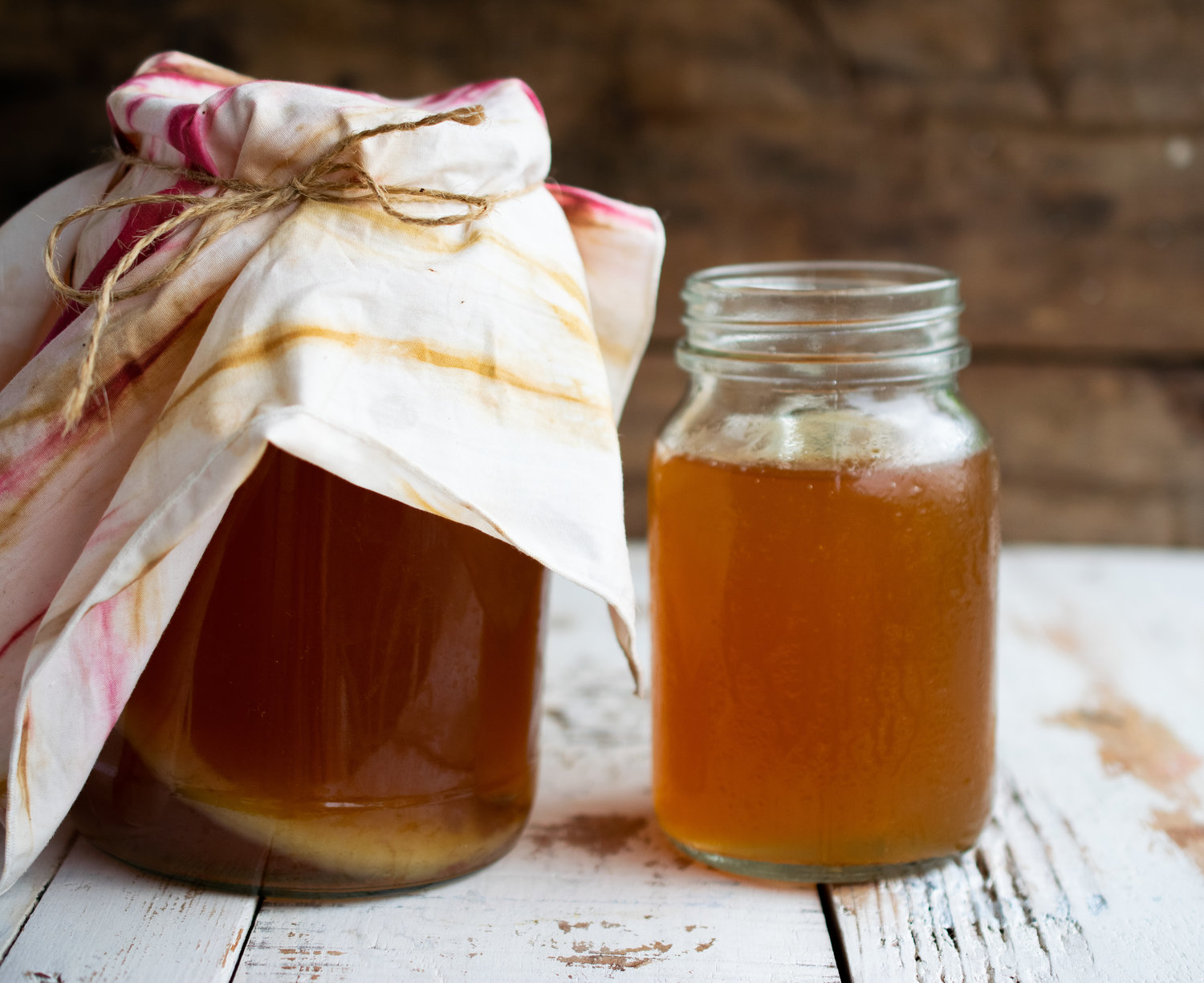
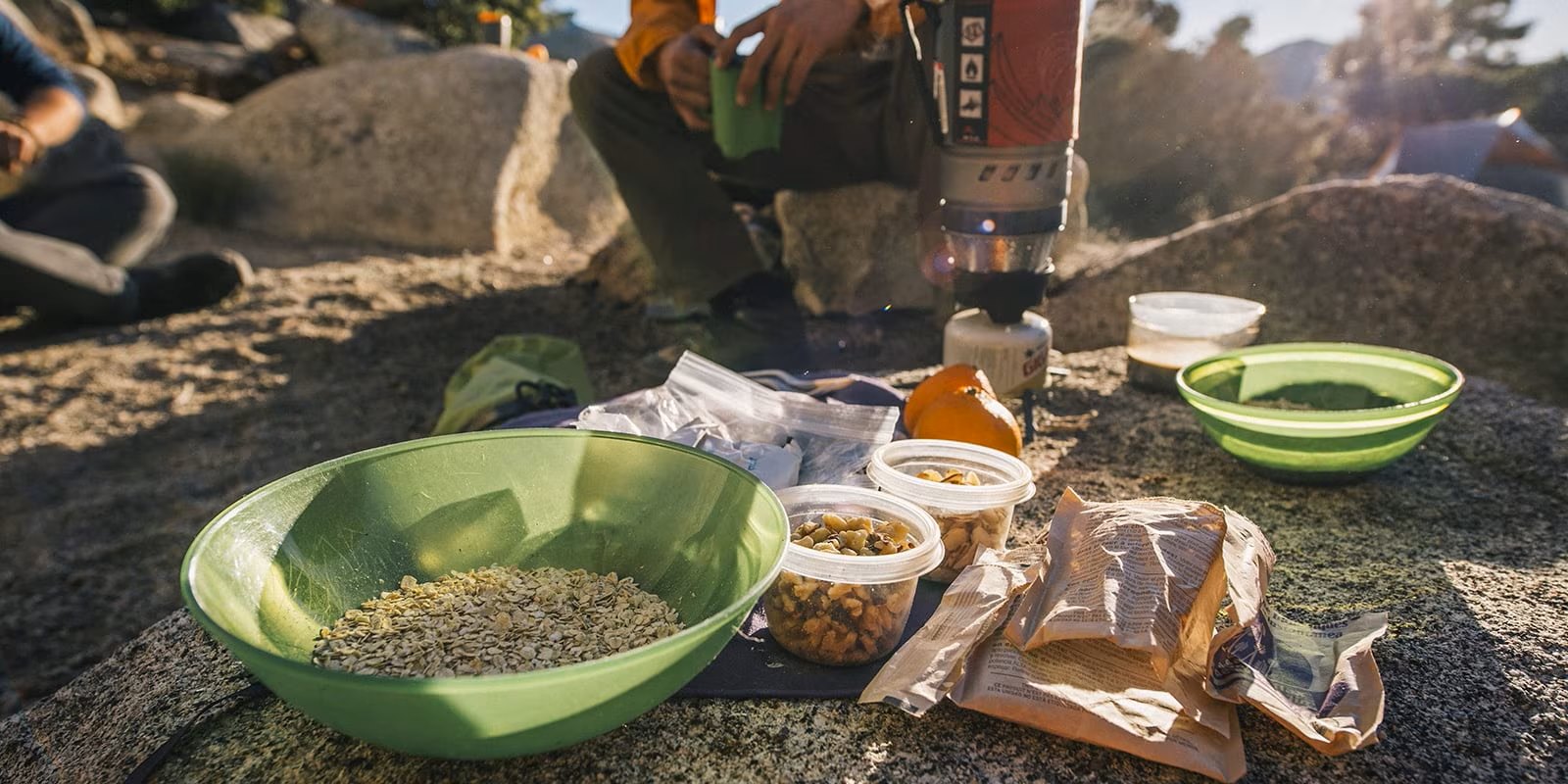
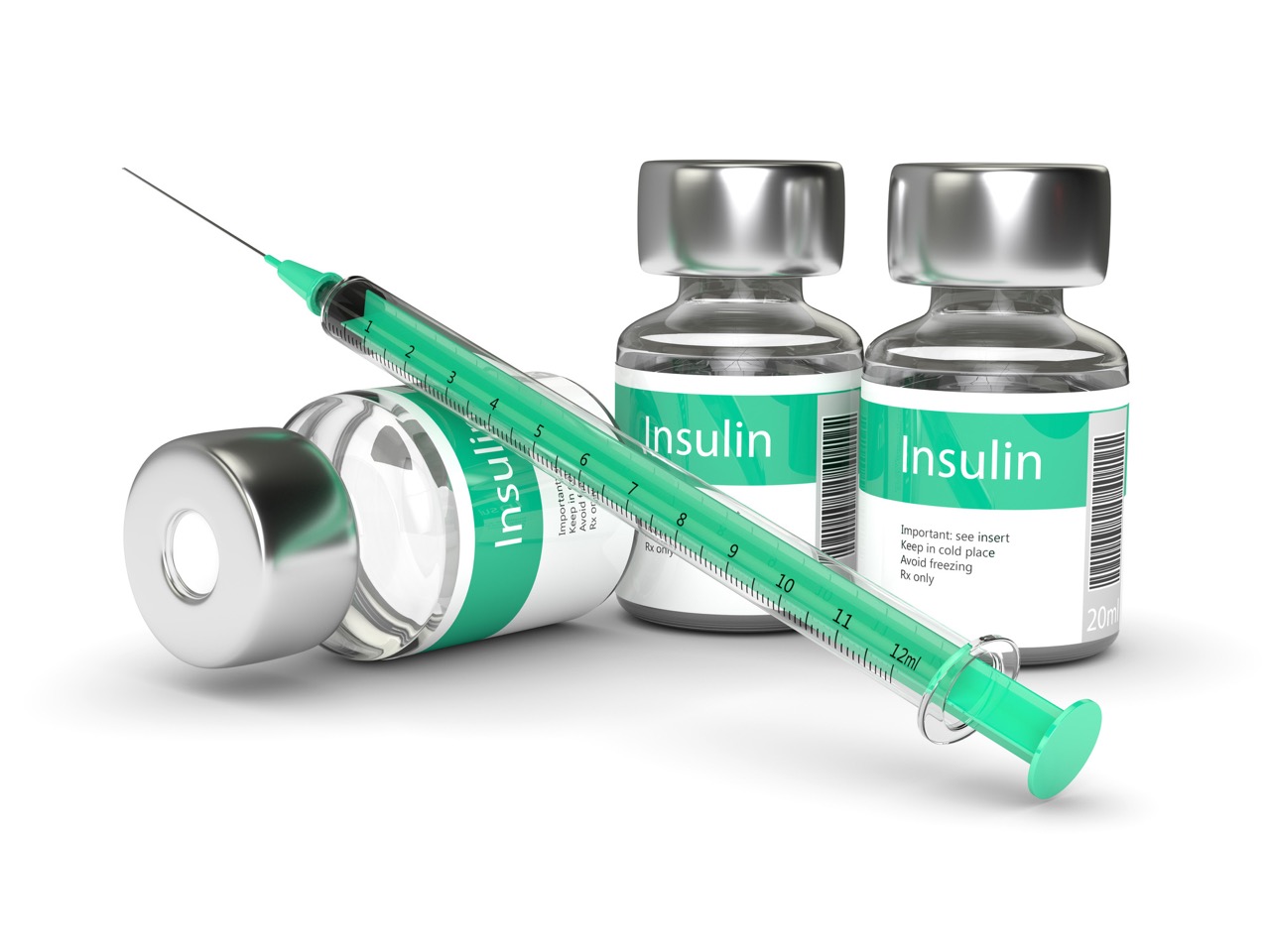
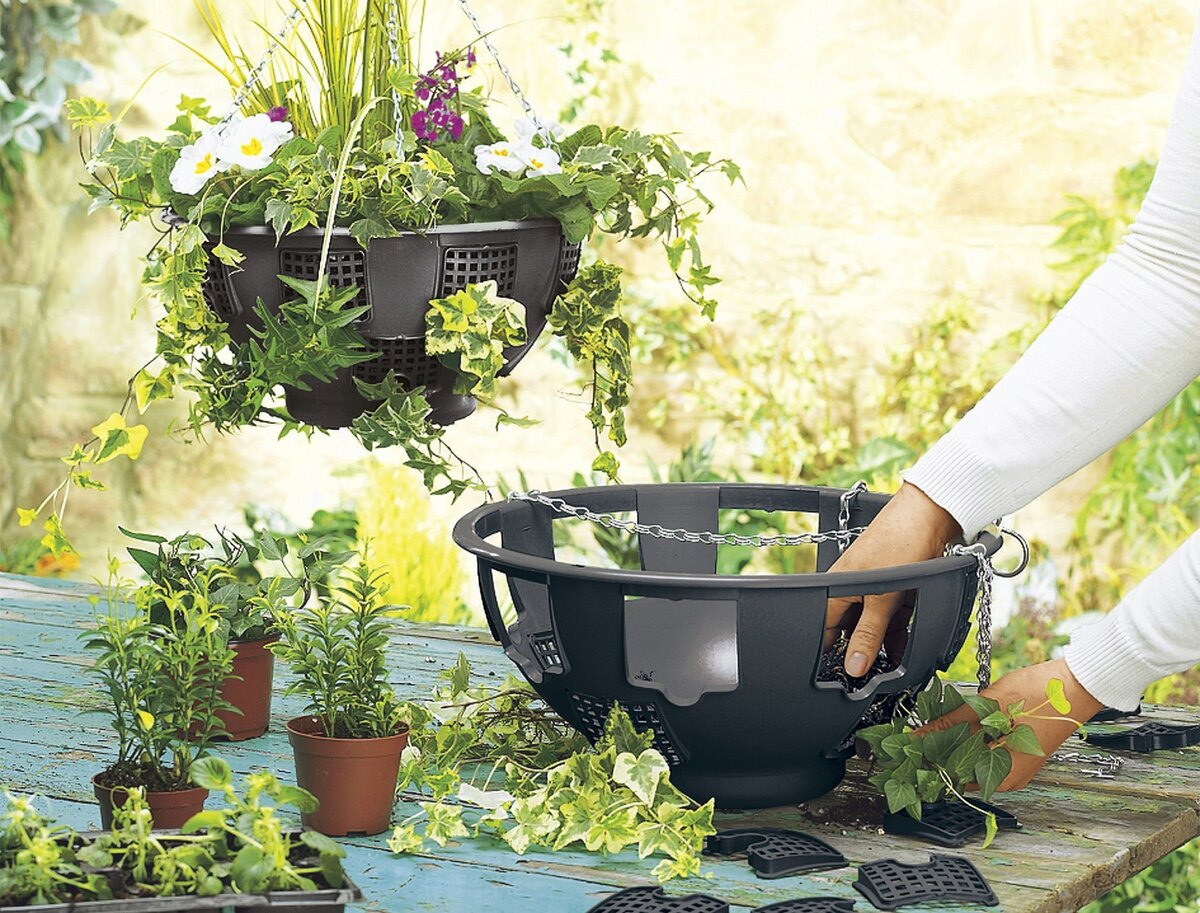
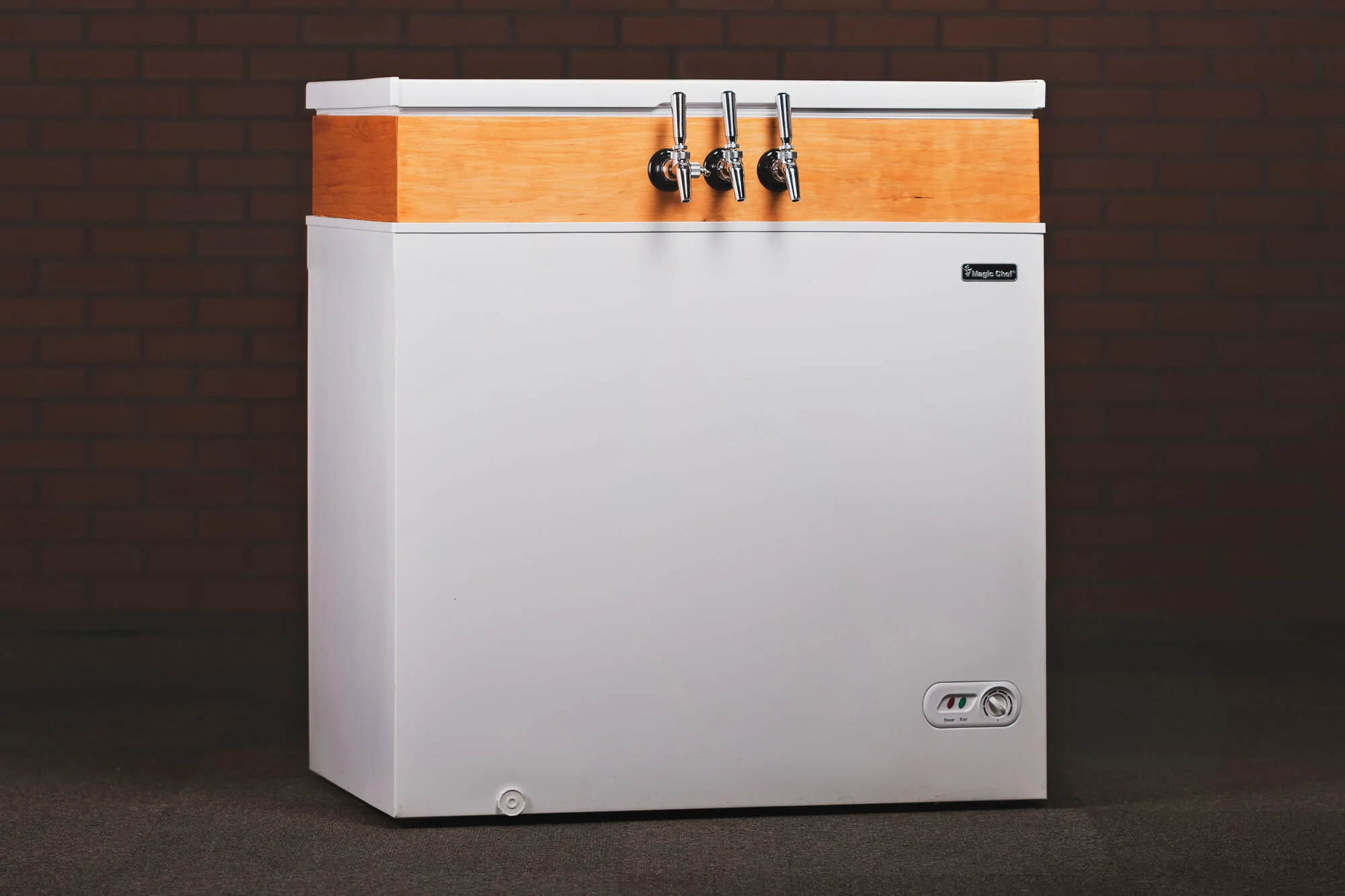
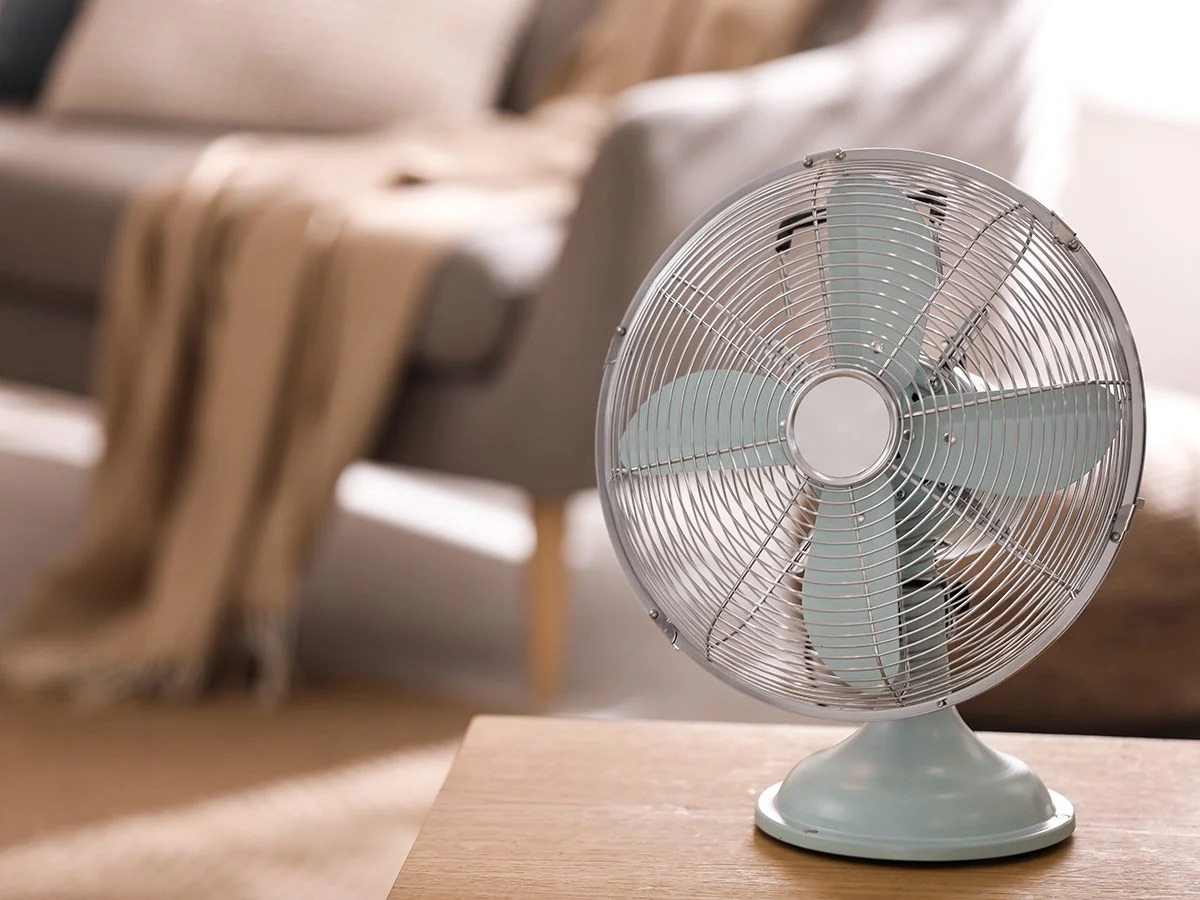

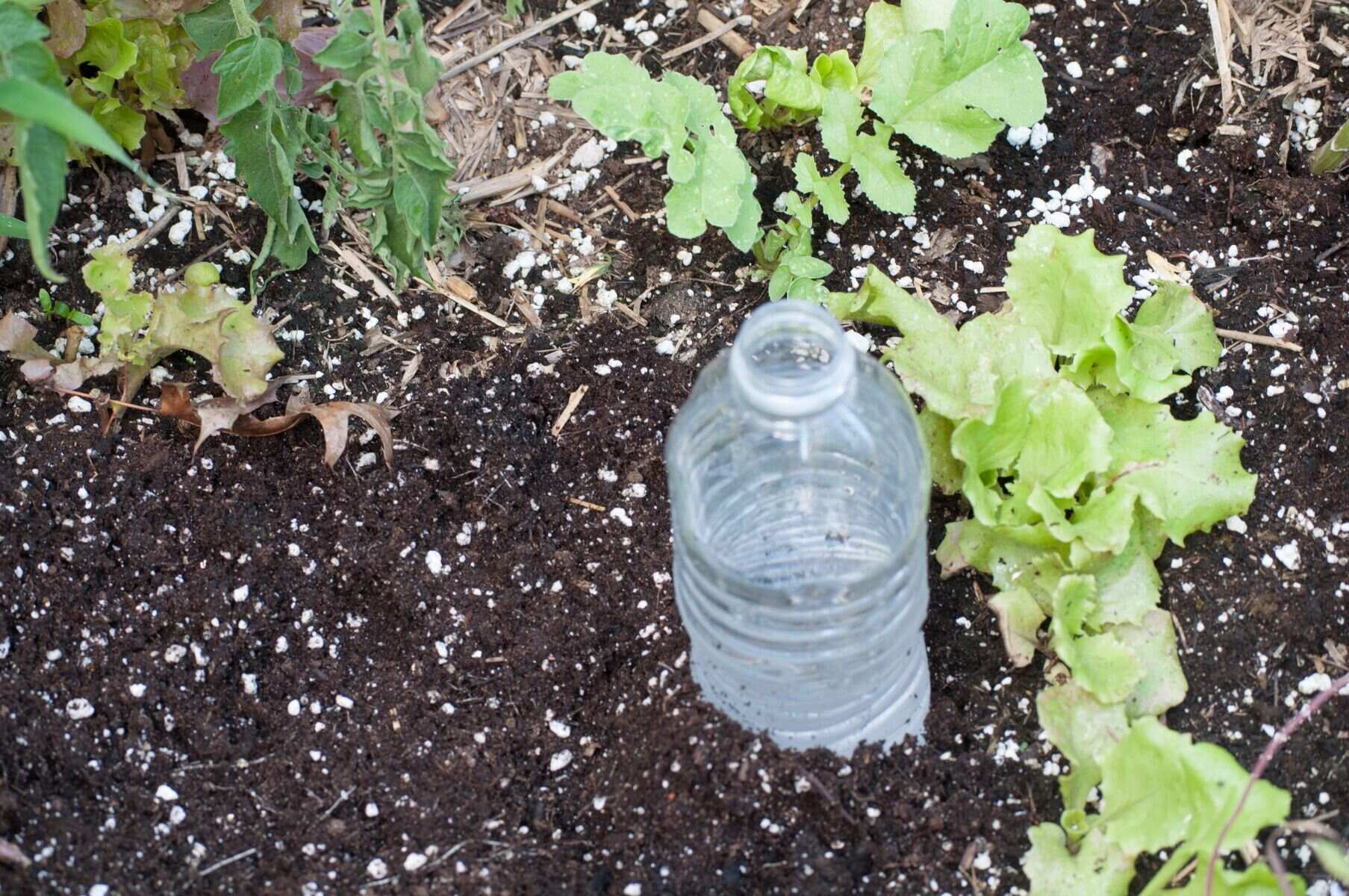
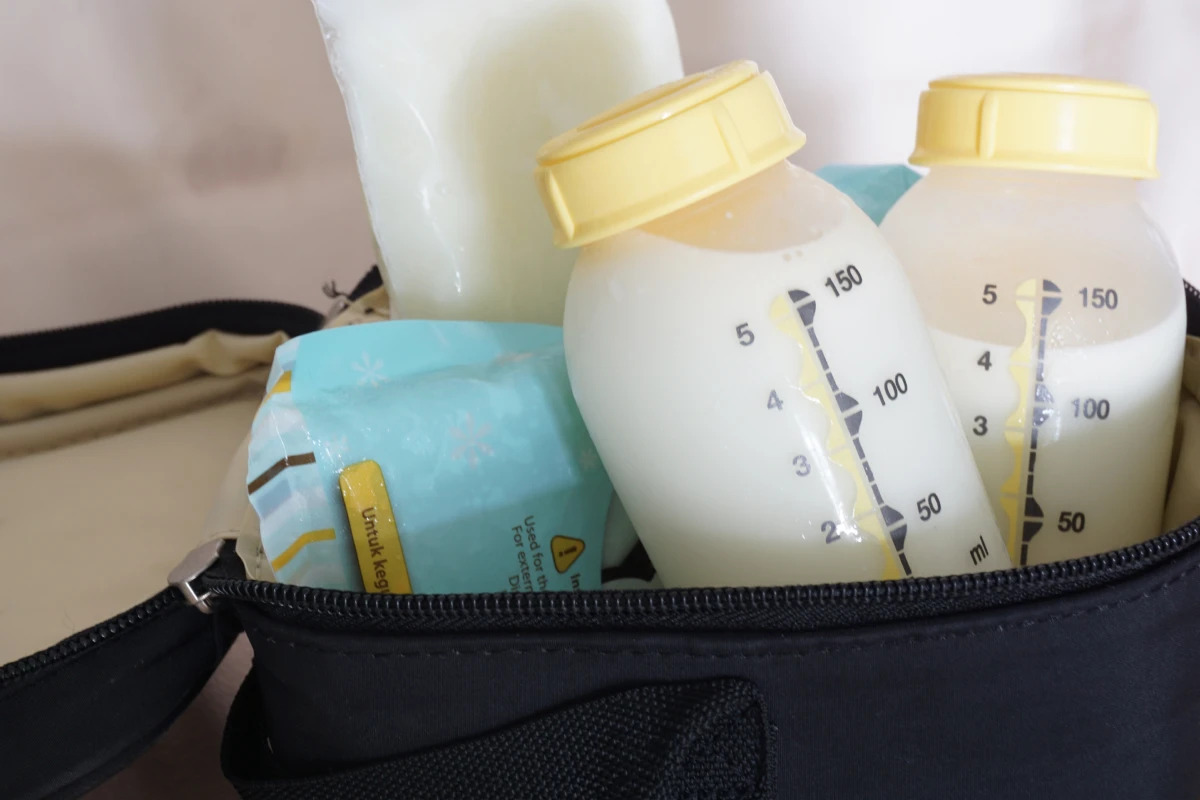

0 thoughts on “How To Build A Freezer Stash While Exclusively Breastfeeding”